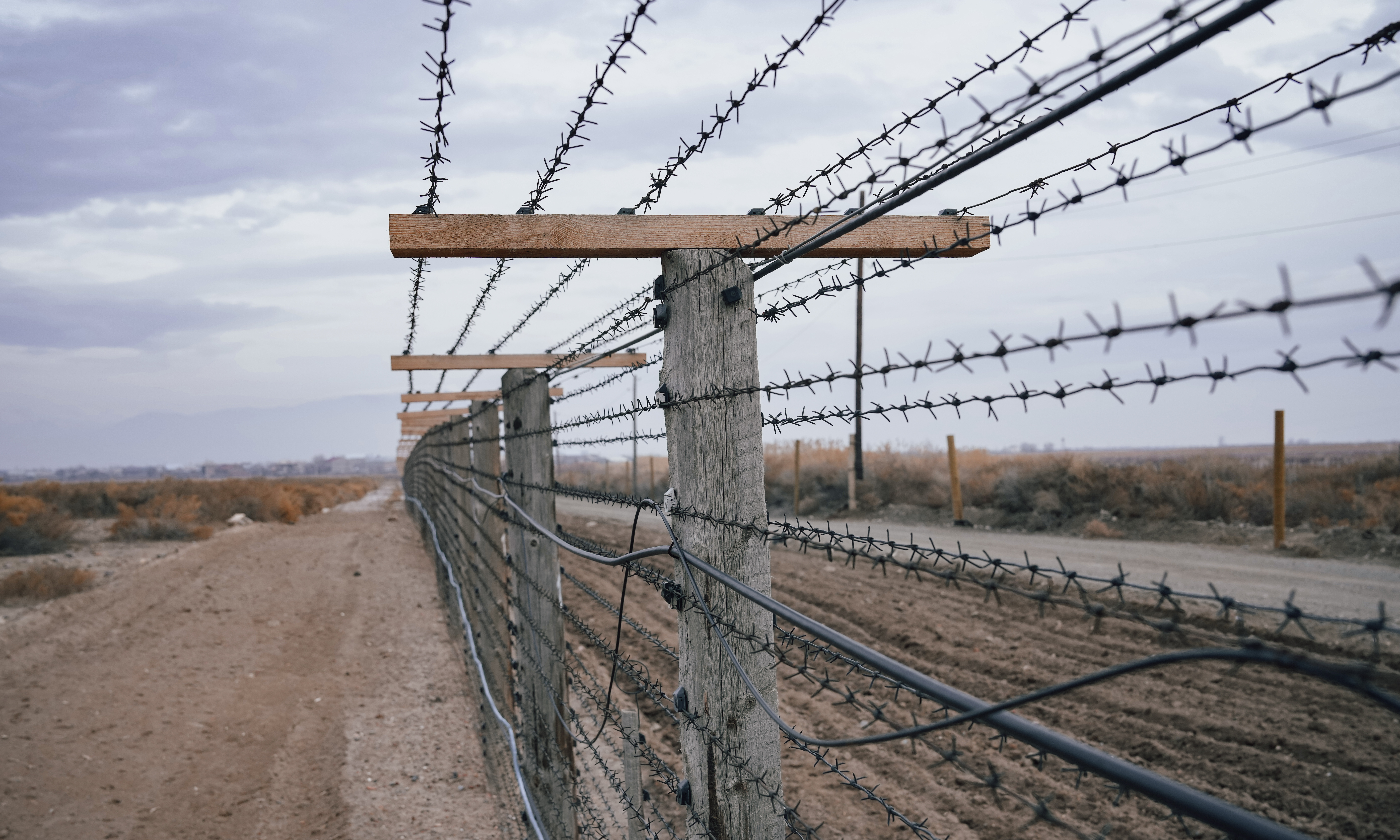
When truck accidents happen, a serious injury or death is likely to occur. That high risk stems from the fact that trucks are massive, which transfers a huge amount of force onto the occupants of other vehicles when a collision happens.
Fractures, nervous system damage, deep cuts, and traumatic brain injuries (TBIs) are likely, among other possible injury types. Treating these injuries can lead to astronomical medical bills.
Paying for all of those costs can be challenging for a truck accident injury victim, but at least they have legal options. With the help of a California truck accident lawyer, they can pursue the full extent of damages from the trucking company and all other liable parties.
Singh Ahluwalia Attorneys at Law is ready and waiting to assist you in your truck accident injury claim. You can speak to one of our experienced California truck collision attorneys during a free, no-obligation case review.
We’ll help you examine your legal options for paying off your medical bills and recovering all damages you have suffered from a truck accident injury settlement. Schedule a free case review to discuss your options for receiving compensation to pay your medical bills and other damages when you call 559-878-4958 or contact us online today.
The Most Common Tractor Trailer Accident Injuries
A truck accident can result in any number of medical conditions, especially when the accident is a major one.
Some of the most common types of injuries recorded after California truck accidents include:
- Bone fractures
- Traumatic brain injury (TBI)
- Spinal cord injury
- Neck injuries
- Internal organ injuries
- Cuts, bruises, and abrasions
- Burns
- Amputation
- Disfigurement
- Chest injuries
- Wrist injuries
- Knee injuries
- Internal injuries
Bone Fractures
Broken bones — known medically as a fracture — can easily result from the impact forces of a large truck crash. Wrists, forearms, and clavicles are commonly broken because of the victim hitting the dashboard or the airbag while reflexively bracing themselves for the impact with their hands. Broken ribs are also common.
Truck accidents can also be very rough on the legs, as they are the least-protected part of the body in a passenger vehicle cabin since they are not surrounded by the car seat material. People can even break their femur, the biggest and strongest bone in the body, when they strike the dashboard or the door frame with their legs.
Fractures can take many weeks or months to fully recover from, resulting in tremendous pain and limited mobility. The injury victim will likely be unable to return to their full former work duties in the meantime, resulting in missed shifts, depleted benefits, or reduced earnings as they must take on lesser duties — or miss work entirely.
Traumatic Brain Injury (TBI)
While the head is protected by the seat belt and airbag in a typical crash, it can still strike the window or other parts of the cabin. Even more concerning, the violent jerking forces of a crash can cause a TBI without any blow to the head at all.
While motor vehicle accidents cause just 14% of all TBIs, overall, according to the Shepherd Center[1], research by the CDC has found that the proportion increases dramatically when you factor out age groups prone to falls. Rates of crash-induced TBI were 1.5 times higher for 15–24-year-olds and nearly 1.4 times higher for 25–34-year-olds compared to the general population.
Diagnosing and treating a TBI can be difficult, especially if the victim is experiencing pain and other symptoms from the crash. TBIs can cause permanent or temporary impairments to functioning, affecting motor coordination, cognitive reasoning, sensory perception, memory, mood, sleep, and more.
Spinal Cord Injury
Serious pressure on the back, coupled with violent impact forces, can cause swelling, broken vertebrae, ruptured discs, and other forms of tissue damage in the most sensitive areas of the spine.
Worse, truck accidents can affect all areas of the spine, from the upper shoulder and neck (cervical) region to the torso (thoracic) region down to the vulnerable lower back (lumbar) region. It can even cause damage to the sacroiliac joint, which joins the spine to the hips and tailbone (coccyx).
Research consistently shows that the majority of spinal cord injuries — around 39% — are caused by motor vehicle accidents.
Neck Injuries
Neck injuries like whiplash can occur when impact forces cause the heavy human head to jerk, forcing the spine, neck muscles, and shoulders to try and compensate. As a result, soft tissue in the neck can be damaged.
There may also be damage to the spinal cord, nerve tissues, and even tendons or ligaments.
Whiplash injuries can be hard to treat, resulting in a wide range of symptoms that can include chronic pain, neck stiffness, an inability to turn the head, nausea, insomnia, and numbness and tingling (paresthesia) in the arms, shoulders, or hands.
Internal Organ Injuries
Internal organ injuries are typically rare in motor vehicle accidents, but the severity of many truck accidents can trigger them.
Many internal injuries are wrought through crushing injuries that happen when the vehicle cabin and frame become deformed after a truck impact. The victim may also sustain injuries in the abdomen or chest from their seat belt.
Cuts, Bruises, and Abrasions
Cuts, bruises, and friction burns (abrasions) can all sound minor, but they all pose health risks. Cuts can sever vital tendons and nerve conduits. Bruises can lead to blood pooling or infection while indicating possible internal bleeding.
Abrasions can strip away skin, especially if a crash victim makes contact with a roadway, which frequently happens during a collision between a truck and a motorcycle.
Burns
Burns can happen when a vehicle ignites or when an injury victim is exposed to caustic chemicals.
Amputation
Amputations can happen in a single traumatic event, severing limbs or appendages, or they can happen as a result of complications stemming from another injury. Injury victims may also lose loss of usage of a limb even when the limb can maintain blood flow and healing capacity, as a result of serious damage to the brain, spine, or nervous system.
Disfigurement
Disfigurement and scarring are likely after any severe crash injury, especially those affecting sensitive areas of the face.
Chest Injuries
Chest injuries can commonly occur as a result of seat belt tension, airbag deployment, or striking parts of the cabin. Broken ribs and clavicles are common, and they can also create secondary injuries, such as punctured or ruptured lungs.
Wrist & Knee Injuries
Knees and wrists are some of the most vulnerable body parts in a crash. Wrists are commonly hurt when the victim tries to brace themselves.
Knees can be hurt when legs strike the dashboard or when part of the vehicle’s structure intrudes into the passenger cabin. Injuries to the knee can be particularly challenging to treat, sometimes requiring knee replacement, amputation, or extensive physical rehabilitation.
Internal Injuries
Internal injuries can easily result from puncture wounds, broken bones, or seat belts. They can also rarely happen from the sheer force of the impact itself, causing tissues to become separated as organs are jostled around inside the body.
Diagnosing internal organ damage can be quite difficult, so be sure to mention any chest or abdominal pains and keep an eye out for strange bruising, swelling, bloating, or continued pains.
Always Seek Prompt Medical Treatment After a Truck Accident
As you can see, there are many ways to become seriously hurt after a truck accident. Some injuries — such as TBI, spinal cord damage, and internal bleeding — can be challenging to pick up through just a quick exam.
Always go to the nearest Emergency Department (ER) after a truck accident, and consent to the full range of testing and imaging needed. Describe all of your symptoms in detail to the presiding doctor.
Note how you were hurt, specifically, such as saying that your head hit the window or the crushed roof of the vehicle during the crash.
You can often get the provider to agree to defer charges if your case is connected to a truck accident. This makes it a good idea to always go to the hospital, even if you’re worried about how to pay because you want to be diagnosed and begin treatment as soon as you can.
You also want a record connecting the incidence of your injuries to the date of the accident, reducing the risk that insurers will question whether the injury costs you are claiming are actually related to the accident itself.
Work With California Truck Accident Lawyers Who Want to Fight for the Compensation You Need After You Are Hurt
Hiring an experienced California truck accident lawyer can help you know how to navigate this tricky situation with confidence.
Singh Ahluwalia Attorneys at Law specializes in helping injury victims recover as much as they can in the wake of a devastating collision with a large truck. We will help you get your condition fully diagnosed so you can begin a treatment plan and start getting better ASAP.
We’ll also help you pursue a claim to repay your medical costs, as well as other damages like the income you lost from being unable to work while you recover.
Find out why so many clients throughout California trust us to help them in their fight against big trucking companies and big insurers to get the money they need to recover fully. Speak to an experienced truck accident lawyer in California for free during a no-obligation, confidential case review when you call 559-878-4958 or contact us online to schedule your consultation today.


